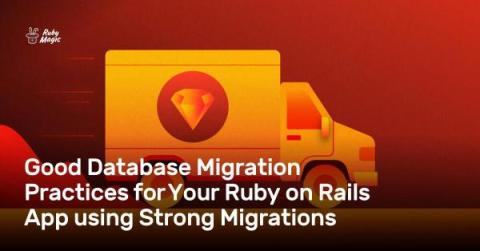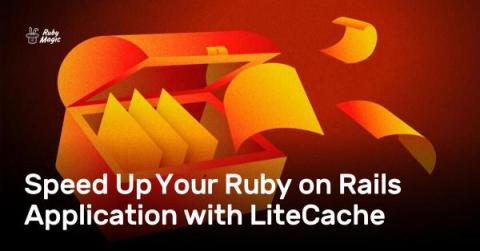Account-based subdomains in Rails
For many applications, access is usually through a single domain, such as yourapp.com. This way, the application developer is able to offer a unified experience to all users. This works great most of the time, but imagine a situation where you need to give each user a customized experience; how would you achieve this? One of the ways you can customize the user experience in a single application is by using account-based subdomains.








